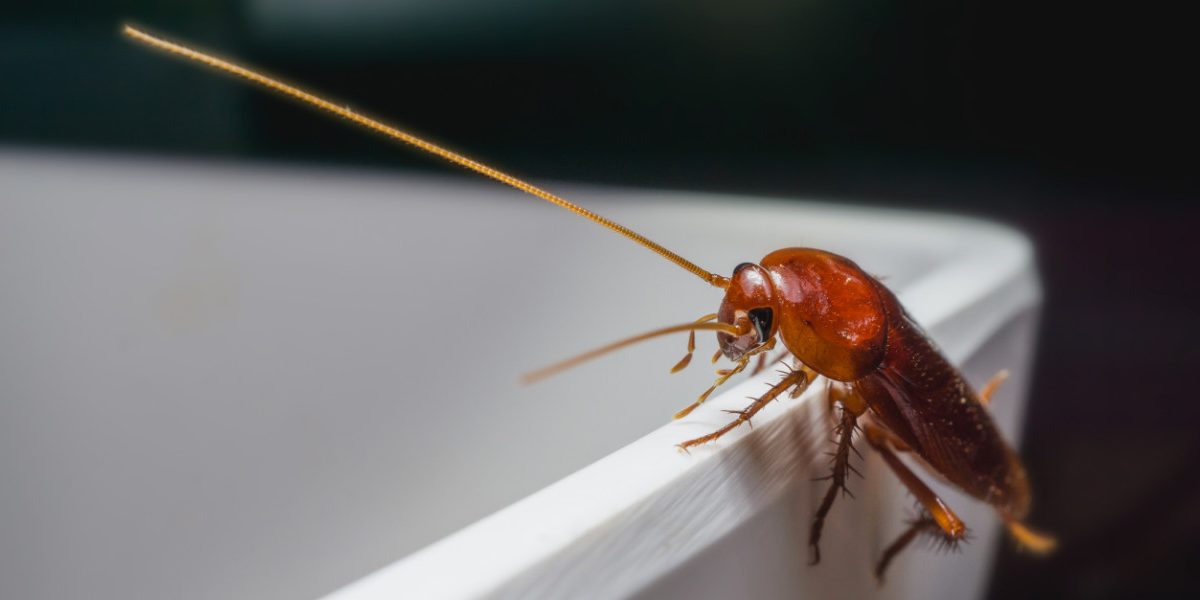Household insect problems are common, so if you notice an invading army of ants or a skittish roach in the kitchen, your first step is to stay calm. Insects are something that every homeowner eventually has to deal with. But while each species of insect may require something slightly different, the basic steps of the insect control process are always the same.
How to Control Any Insect Problem
Follow these steps if you want to get your insect problem under control:
- Identify the species. You don’t have to be an entomologist to know what type of insect you’re dealing with. You’ll likely be able to tell if something is an ant, a roach, a beetle, or something else; if you can’t, you can browse through pictures of common household pests until you find what you’re dealing with. Knowing the threat is important because some species respond differently to different approaches. This can help you tailor your approach to your unique circumstances.
- Clean the house thoroughly. No matter what, you’ll want to clean your house thoroughly—especially the kitchen. Insects usually gather around a food source, which could be a pile of crumbs under your toaster or an old spilled drink on your living room carpet. Clean behind your appliances, and make sure to wipe down all food-related surfaces each night.
- Tightly seal your food. Along similar lines, it’s important to keep all your food in sealed containers. If there’s even a small hole or opening, an insect can probably get through it. Keep in mind this applies to all sources of food in your home, including pet food.
- Eliminate moisture. Insects, like all animals, also need a source of water to thrive. If you deprive them of this, they won’t be able to remain in your home as comfortably. Check to make sure you don’t have any plumbing leaks, and check your pipes for any standing condensation. It’s also a good idea to wipe off any standing moisture around your sinks and/or tubs at the end of the night.
- Seal any holes and cracks in your home. The insects are getting into your home somehow. Usually, that means they’re finding a hole, crack, crevice, or other opening. These are commonly found around doors and windows, but may exist anywhere. With a bit of hunting and a bit of caulk, you can seal these entry points and prevent any more insects from getting into your home.
- Invest in gel bait. Once your home is cleaned and sealed, you’ll be stuck dealing with your existing insect population. One of the best steps you can take is investing in gel bait. The basic idea is to place bait in places where you’ve commonly seen insects; the bait will serve to attract them, but ultimately kill them when they consume it. Most insects are very social (especially ants and roaches), so before they die, they’ll likely tell other members of their species where the food is. This has a ripple effect, ultimately killing entirely populations once word begins to spread.
- Be patient. Gel bait is highly effective, but it does take some time to work properly. Try to be patient in the meantime. In many cases, it’s inadvisable to kill insects on sight during this period; it’s better for them to live, find the gel bait, and spread it to other members of their species.
- Apply deterrent measures. In addition to the gel baits, it may be a good idea to invest in a deterrent to make your home less attractive to incoming insects. For example, you may be able to use something simple, like peppermint oil or cinnamon, to create a barrier to your home that insects don’t want to cross.
- Monitor populations. Keep an eye on your insect population once you apply all these measures. It may take several weeks for your strategies to start working, but when they do, populations should decline.
- Contact a professional. If your populations remain high, or if they increase after several weeks, it may be best to contact a professional. An exterminator will be able to provide you with further direction and options for control.
Preventing Future Problems
If you’ve gotten an insect infestation once, there’s a good chance it may happen again. Fortunately, if you follow some of these steps proactively, you can minimize your risk. For example, occasionally inspect the inside and outside of your home for new cracks, crevices, and holes that insects could use to enter your home and close them. Keep your kitchen and dining room immaculately clean, and keep food sealed in containers and limited to one or two rooms of your home. Do this, and you’ll greatly reduce the chances of another infestation.

